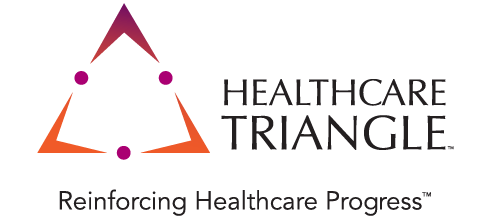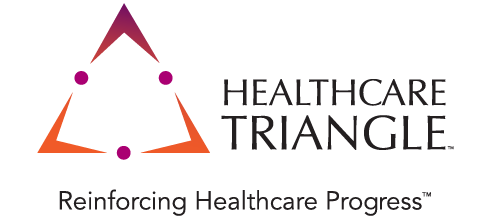Safeguarding Security in the Cloud: 3 Ways to Reduce Risk in Life Sciences
By Sudish Mogli - Technology Advisor
Nov 17, 2021
As the threat and cost of ransomware attacks in life sciences rises, organizations face intense pressure to embed new controls that protect the integrity of their data, including patient data from clinical trials, electronic health records, physicians notes, etc.
One way that life sciences organizations can protect increasingly large volumes of sensitive data is through the move to the cloud, which offers continual access to the latest security patches and releases to mitigate risk. But safeguarding critical data shouldn’t rely solely on investment in a cloud platform. Here are three steps that dramatically enhance data protection in the cloud.
No. 1 – Understand that the buck stops with you
This may sound simple, but one of the most important steps an organization can take to increase its cloud security is to understand that it is ultimately responsible for that security.
Too often, organizations fall into the trap of believing that because they have contracted with an outside service provider such as AWS, Azure or GCP, they will automatically be secure and compliant straight out of the box.
However, while the security of the cloud is that cloud service provider’s responsibility, it’s also the responsibility of the customer. As the customer, you are responsible for how you consume your data, your platform and application. From network security to identity access management to firewall monitoring operations, as well as network traffic server-side encryption, these key responsibilities, and more rest on you.
This means that even once you have decided on one of these providers, there is an immense amount of heavy lifting still required to leverage the cloud safely and securely.
No. 2 – Assess security and compliance on a regular basis
Next, to achieve the highest level of security in the cloud, it’s vital to continually conduct assessments of your security and compliance stance. While your organization may be required to conduct a Security Risk Assessment (SRA) on an annual basis, per the HIPAA Security Rule, the truth is that yearly is not nearly often enough to actively mitigate the risks your organization faces.
Because sensitive data breaches may occur due to an infinite number of issues, from a ransomware attack that slips through a misconfigured firewall to an unguarded workstation, performing multiple assessments throughout the year is considered a best practice in cloud security.
No. 3 – Glue your infrastructure to your security
Finally, for optimal cloud security, a cloud-based approach is necessary to act as a permissioned shield between the security your infrastructure provider offers and that which you are required to institute within your organization.
CloudEz from Healthcare Triangle was developed to be that glue.
As a HITRUST Certified, fully-managed, secure and compliant Cloud Foundation Platform-as-a-Service, CloudEz offers built in security and compliance controls that do the heavy lifting for you.
With CloudEz, you’re able to harness the power of the cloud, without the complex obligations. Its secure systems allow you to safely manage PHI and PII in a manner essential to shield your organization from outside threats.
Life sciences companies are a prime and growing target for security breaches that compromise their highly valuable and sensitive data. CloudEz offers the protection that safeguards this data and provides peace of mind. Find out more and request a technology assessment today.
Drop an email to info@healthcaretriangle.com or schedule a consultation.


